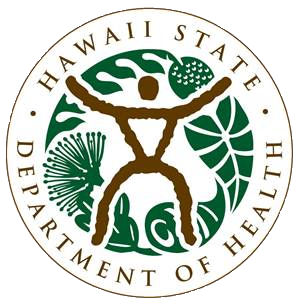Organizational Overview
The Hazard Evaluation and Emergency Response (HEER) Office is responsible for responding to releases, threats of releases, or discoveries of hazardous substances, including oil, that present a substantial endangerment to public health or the environment. Depending on specific details, responses may require either an emergency response, or a longer-term, non-emergency site cleanup.
- Emergency response (See Section 2.3 of the online Technical Guidance Manual (TGM) for more detailed information), and/or
- Longer-term, non-emergency environmental cleanup (See Section 2.4 of the online TGM for more detailed information.)
To carry out these responsibilities, the HEER Office is divided into three primary technical sections:
Hazard Evaluation & Emergency Response Office
EMERGENCY PREPAREDNESS AND RESPONSE SECTION (EP&R) |
SITE DISCOVERY, ASSESSMENT, AND REMEDIATION SECTION (SDAR) |
HAZARD EVALUATION SECTION (HE) |
> LEARN MORE BELOW |
> LEARN MORE BELOW |
> LEARN MORE BELOW |
EMERGENCY PREPAREDNESS AND RESPONSE SECTION (EP&R)
Emergency Preparedness and Response Section (EP&R) is responsible for planning, preparing for, and responding to hazardous substance release emergencies that may cause immediate threats to human health or the environment. These are generally responses to recent spills or releases of hazardous substances or discovery of abandoned containers of suspected hazardous chemicals. EP&R Section responds to incidents like petroleum spills caused by vehicle accidents, a chemical plant explosion, or abandoned drums of suspected hazardous materials. This section coordinates with local public safety officials (county Hazmat/Fire and Police Departments) as well as other federal, state, and county agencies in responding to hazardous substance release emergencies. EP&R Section also conducts emergency preparedness training exercises for emergency response actions.
More about EP&R’s Spill And Emergency Response roles and responsibilities
More about EP&R’s HEPCRA Right-to Know Compliance roles and responsibilities
SITE DISCOVERY, ASSESSMENT, & REMEDIATION SECTION (SDAR)
Site Discovery, Assessment, and Remediation Section (SDAR) is responsible for providing oversight of non-emergency environmental cleanups. This section has responsibility for review of sites with soil, sediment, and groundwater contamination identified through release notification, sites in voluntary cleanup programs, sites where contamination may remain after an initial emergency response, or sites discovered through other means. SDAR Section’s oversight responsibilities include the review of site assessments and draft/final site remediation documents by responsible parties to ensure that the environmental work meets legal requirements and results in site conditions that will be protective of human health and the environment. The section’s staff is composed of Remediation Project Managers (RPMs) working on sites within the environmental cleanup programs.
More about SDAR’s roles and responsibilities.
HAZARD EVALUATION SECTION (HE)
Hazard Evaluation Section works to identify, evaluate and mitigate chemical contamination risks to human health and the environment. This is accomplished through toxicological and risk assessments of chemical threats to human health as well as establishing cleanup levels for chemical contamination. Members of the Hazard Evaluation Section design and perform scientific and epidemiological studies to evaluate known or potential risks. They provide guidance and training related to the HEER Office Technical Guidance Manual (TGM), sampling methods, and other risk assessment tools. HE Section collaborates with the Hawaii Childhood Lead Poisoning Prevention Program (HI-CLPPP), the Hawaii Poison Center, the Department of Agriculture Pesticides Branch, and other Department of Health Branches to investigate and mitigate hazards. Of highest priority for HE Section is the work done to assist the people of Hawaii via public health education and outreach.
More about Hazard Evaluation Section’s roles and responsibilities.
